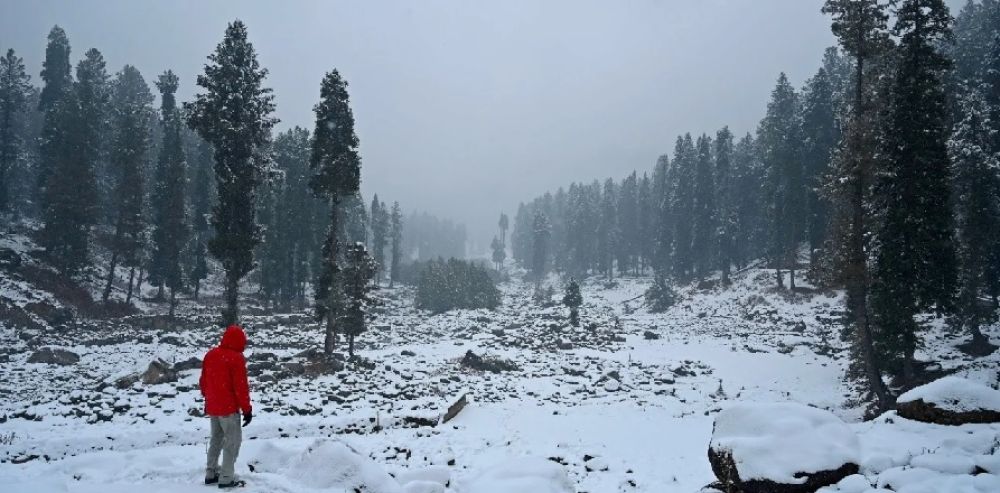

Yusmarg, a captivating meadow located in the heart of Kashmir Valley, has been a hidden jewel in the crown of India's tourism destinations. Surrounded by dense forests and embraced by the snow-capped mountains of the Pir Panjal range, Yusmarg's history as a tourist spot is comparatively recent in the grand tapestry of Kashmir's tourism.
The history of human activities in Yusmarg dates back centuries, with the area being primarily used by local shepherds and villagers. However, it was only in the late 20th century that Yusmarg began to gain recognition as a tourist destination. Initially, visitors to Kashmir would primarily flock to more famous locations such as Srinagar, Gulmarg, and Pahalgam. It wasn't until adventurers and nature lovers started venturing off the beaten path that the pristine beauty of Yusmarg was unveiled to the wider public.
As more visitors started to seek the tranquillity and natural splendour that Yusmarg offered, the government and local businesses took notice. Infrastructural developments began, albeit slowly, considering the area's ecological sensitivity. Small guesthouses and tourist huts started to appear, catering to the needs of trekkers and those looking to escape from the world.
Despite its potential, tourism in Yusmarg has faced challenges, including political instability in the region and ecological concerns. The local authorities and various non-governmental organizations have worked together to develop sustainable tourism models that aim to protect Yusmarg's fragile environment while providing visitors with an enriching experience.
In recent years, there has been a shift towards sustainable tourism practices. Yusmarg has witnessed an increasing number of eco-friendly initiatives, such as controlled visitor numbers, eco-lodges, and wildlife conservation efforts. Its untouched beauty, panoramic views of the surrounding valleys and mountains, and opportunities for horse riding, hiking, and fishing continue to attract tourists seeking a serene experience close to nature.
Another emerging trend is the rise of adventure tourism, with Yusmarg offering a base for trekking into the surrounding forests and alpine lakes, such as the Tarsar and Marsar lakes, and the Doodhganga River. Also, winter sports activities are gradually picking up with the area witnessing decent snowfall.
Looking to the future, there is a clear vision to develop Yusmarg as a premier destination that balances tourism with conservation. Efforts to enhance visitor facilities, improve connectivity, and promote local culture are ongoing. Yusmarg, with its lush meadows, pristine streams, and the sylvan charm, stands as a testament to the untapped potential of Kashmir's lesser-known destinations.
All in all, Yusmarg is poised to maintain its status as one of the most serene and unspoilt tourist destinations in Kashmir, sitting quietly away from the mainstream, waiting to be discovered by those who seek peace and natural beauty.